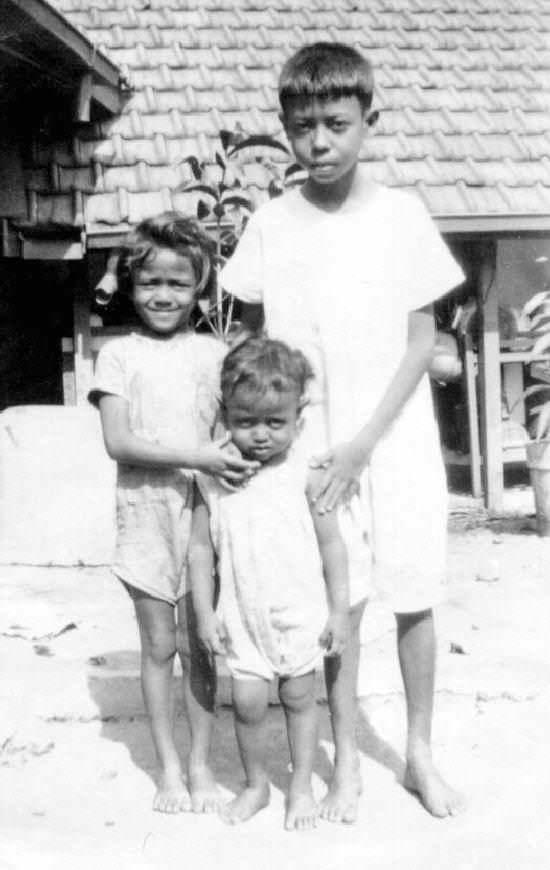
Figure 1.--Children in the Dutch East Indies, now Indodesia, wore "tjelana monjet" or rompers. "Tjelana" is Indonesian Malay for trousers. "Monjet" means monkey. Image courtesty of Frank Neijndorff.


Figure 1.--Children in the Dutch East Indies, now Indodesia, wore "tjelana monjet" or rompers. "Tjelana" is Indonesian Malay for trousers. "Monjet" means monkey. Image courtesty of Frank Neijndorff. |
Children in the Dutch East Indies, now Indodesia, wore "tjelana monjet" or rompers. "Tjelana" is Indonesian Malay for trousers. "Monjet" means monkey. The Portuguese term for rompers (fato macaco) also means monkey suit. I don’t know if this is a coincidence, but the Portuguese were in the East Indies before the Dutch seized control and there is, as a result, a Portuguese linguistic heritage.
Much the same garment was called hansop in Holland where was predominantly a childrens’ sleeping suit. In the Indies, Dutch children, both white and Eurasian, as well as Chinese used to wear it at daytime as it was a very convenient garment in the hot climate. This
was consistent with the use by their fathers of a ‘slaapbroek’/sleeping trousers as part of their informal home dress.
These photographs are from a book by Frank Neijndorff called Achterom Gekeken (A Backward Glance). Copies can be ordered from the author.
Navigate the Historic Boys' Clothing Web Site:
[Return to the Main rompers national page]
[Return to the Main Indonesian page]
[Return to the Main Dutch page]
[Introduction]
[Activities]
[Biographies]
[Chronologies]
[Countries]
[Style Index]
[Bibliographies]
[Contributions]
[Frequently Asked Questions]
[Glossaries]
[Satellite sites]
[Tools]
[Main HBC page]
Navigate the Historic Boys' Clothing Web chronological pages:
[The 1890s]
[The 1900s]
[The 1910s]
[The 1920s]
[The 1930s]
[The 1940s]
[The 1950s]
Navigate the Historic Boys' Clothing Web style pages:
[Dresses]
[Smocks]
[Bodice kilts]
[Kilts]
[Sailor suits]
[Sailor hats]
[Ring bearer/page costumes]
[Shortalls]
